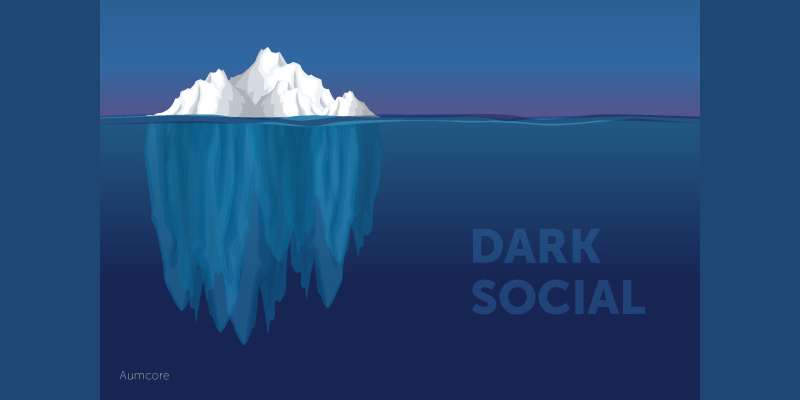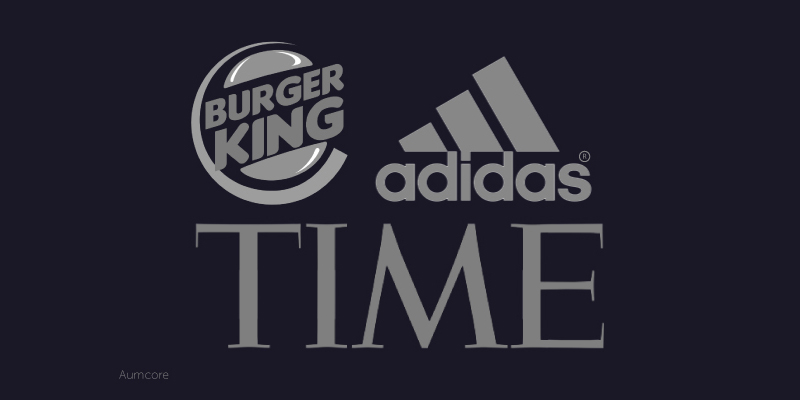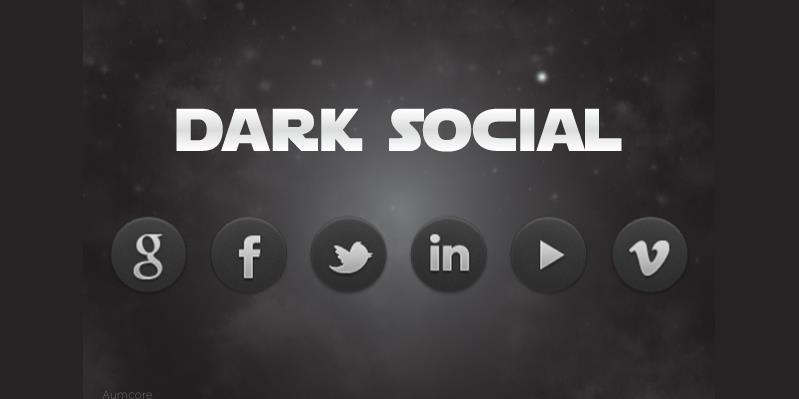Shining a Light on Dark Social
It’s time to shine a light on dark social (pun very much intended). Despite its name, there’s nothing sinister about it.
Dark Social?
Actually, don’t quote me on that; it depends on who you’re asking. Ask me and I’ll tell you all about it with a big smile on my face. Ask the director in charge of a social campaign and they might go on a tangent complaining of untrackable traffic. Anyway, let’s get to it. Have you ever stumbled on an article so funny that you just had to tell the world by sharing it on Facebook, Twitter, etc.? Well, that right there is NOT dark social. If, let’s say, you came across an article on advertising through virtual reality, and thought that your best friend who just so happens to work for an ad agency would be interested, and then emailed it to them, BOOM, dark social.
Yes, Dark Social
It’s probably best to begin with an explanation of a UTM parameter, which is the portion of text added to the end of a URL that allows for the tracking of visits. If you were to click on a link on Facebook, LinkedIn, Twitter, Instagram, or any other social channel, the URL of the new page will contain a UTM code. As such, a basic definition of dark social would be web traffic with no attributable source. In other words, a URL with no tracking tag.
Let’s hop on a metaphorical DeLorean and go back to 2012 for a bit more information. ‘GIF’ was named word of the year, Gangnam Style went viral, Facebook made its debut in the stock market, and President Obama secured his second term in office. Hmm, something’s not right. That’s right, dark social was born too! The term, not the action, can be traced back to an article by Alexis Madrigal, a contributing editor for The Atlantic. He writes, “The sharing you see on sites like Facebook and Twitter is the top of the ‘social’ iceberg…There are circumstances, however, when there is no referrer data. You show up at our doorstep and we have no idea how you got here. The main situations in which this happens are email programs, instant messages, some mobile applications, and whenever someone is moving from a secure site to a non-secure site.” Rewind, top of the iceberg? Does that mean that the other part of social, dark social, is bigger? Yes, as a matter of fact, yes it does.
The Bummock

For those who don’t know, the bottom half of the iceberg, the hidden part, is called the ‘bummock.’ And now our discussion returns to dark social, the bummock of the social iceberg. When Madrigal published his article, about 69% of social referrals were dark, 20% came from Facebook, 6% from Twitter, and the rest from other sites. Things are different today. As prevalent as dark social was, it’s even more prevalent now, with 84% of media shared being dark, 9% coming from Facebook, and 7% coming from other sites (Twitter, Instagram, Pinterest, etc.).
Dark Social Done Right
Dark social has a BIG impact on web traffic and digital marketing in general because it represents true interests. The thing is, people share content for specific reasons, and the more data on sharing you have, the better your marketing tactics can be. The goal is to track all shared content so that you can use the data to mold paid media campaigns and align marketing activities with your customers’ social behavior. Here are some examples of brands taking on dark social the right way:
Adidas
Adidas used brand advocates to create micro-communities on WhatsApp to study how dark social was affecting their brand. They created special groups with access to breaking news as well as invites to special events.
Time
Time took a proactive approach. They focused on their Marie Claire website and found that people were copying and pasting articles and sending them privately through email. Further analysis found that one specific piece of content was shared 19K times via copy/paste and email vs. 5K times with Facebook and Twitter. Not being one to stand idly by, Time added ‘share via email’ buttons and began tagging these as ‘social emails’ in their UTM codes.
Burger King
Burger King created a dark social campaign where people could download a special emoji keyboard. With this keyboard, Burger King was able to track usage, downloads, and how people were talking about their products.

How Do You Track the Dark?
By now, you may be wondering how to tack dark social. After all, 46% of consumers aged 55 and up and 19% between the ages of 16 and 34 exclusively share via dark social. Well, a simple solution would be to do what Time did and add social sharing buttons. This can be a ‘share via email,’ ‘add to clipboard,’ or other variations that allow you to track clicks. Another solution that gives you an estimation of the direct traffic you’re getting from people who are sharing rather than typing, provided in this post, is as follows:
- 1. Open the behavior tab on Google Analytics
- 2. Go to site content
- 3. Select all pages
- 4. Create segments to look at direct traffic
- 5. Open advanced filters and set up dimensions exclude pages with short subfolders (subfolders are part of the URL that comes after the domain, e.g. /services, /about, /blog, /contact, etc.)
- 6. The total number of page views from these pages with long subfolders (unlikely for people to type out) gives you an estimation of your dark social traffic.
Not So Dark After All
As you maneuver through the evolving world of social media, keep in mind that things aren’t as confusing once the lights are on and you can see them for what they truly are. Dark social isn’t so dark once you realize that there are ways to track and make use of it, so get tracking!
Related Posts
It’s no longer a hidden fact that social media platforms like Facebook affect the mental health of users.
LinkedIn is much more than a networking site - it's a proven platform for sales prospecting.
It’s certain the people you look up to the most in your professional life qualify as thought leaders.
If you don’t market your brand on TikTok, you’re missing boatloads of opportunities to engage and connect with your potential customers.
Facebook is one of the most popular social media platforms, and it is also among the oldest surviving ones.

















Comments
comments powered by Disqus